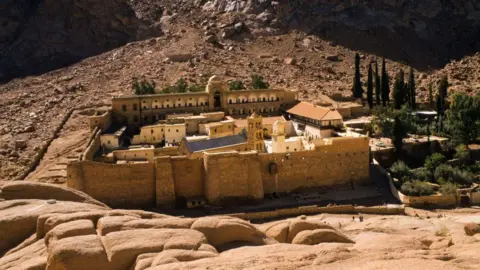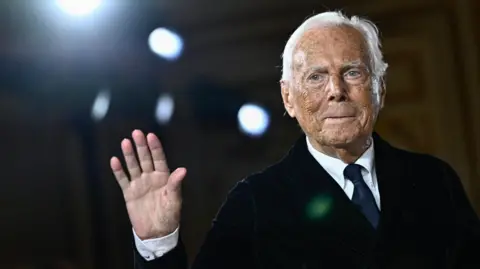For decades, the gamchha has remained a familiar sight on Indian streets. This traditional scarf, crafted from a red-and-white chequered fabric, serves multiple purposes—from towel to pillow to turban—especially among the working populace in West Bengal and beyond. Recently, an exhibition in Delhi titled "Gamchha: From the Ordinary to the Extraordinary" concluded, featuring over 250 pieces of this humble drape from 14 different Indian states, showcasing its diverse regional adaptations. The exhibition aimed to spotlight the fabric not just as an item of utility but as a symbol of social equality, according to textiles expert Jaya Jaitly, founder of the Dastkari Haat Samiti, the organization behind this initiative.
This exhibition is part of a burgeoning series designed to transform perceptions of Indian textiles. While India is renowned globally for its lavish silks and intricate brocades, the marginalized narratives of less-celebrated textiles have often been sidelined. Recent exhibitions, curated with collaboration from researchers, private collectors, and art institutions, are leading a renaissance within this field, taking place in unconventional venues that stray from mainstream glamour.
Crucially, these platforms emphasize the direct involvement of local artisans rather than urban designers trained in elite institutions, promoting a more equitable approach in the textile ecosystem. "Technology-prompted egalitarianism" is how Ritu Sethi from India’s Crafts Revival Trust describes this shift, with social media playing a pivotal role in shedding light on craftspeople previously shrouded in anonymity.
Efforts are geared towards a more inclusive representation, as the industry aims to reclaim its pride and narrative. Designer David Abraham notes that textiles are deeply integrated into Indian culture, serving as expressions of identity through colors and patterns that each carry their own significance. Initiatives like "Textiles of Bengal: A Shared Legacy," ongoing in Kolkata, emphasize the shared heritage of Bengal and Bangladesh, integrating displays of historical textiles and performances that connect culture and crafts.
In Hampi, the "Pampa: Textiles of Karnataka" exhibition presented a comprehensive view of local traditions, including the embroidery of the Lambani tribe and unique quilt work from the Siddhi community. These events not only document history but also inspire discussions about the future of the textile industry, showcasing innovative uses of textile art beyond conventional attire.
Exhibitions like "Surface: An Exhibition of Indian Embroideries" expand creative boundaries, depicting textiles as a medium for artistic expression. The ongoing efforts to catalog these textile histories and foster greater awareness among the younger generation are crucial, as highlighted by Lekha Poddar of the Devi Art Foundation, which supports textile-related exhibitions across the country.
The success and resonance of these exhibitions are promising, with curators optimistic about nurturing a vibrant future for this creative landscape, encouraging the next generation of artisans and practitioners to cherish and innovate within their textile traditions.



















